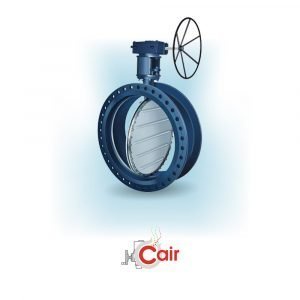Understanding Sea Water Butterfly Valves
A butterfly valve is a type of quarter-turn valve, commonly used to regulate and control fluid flow within a pipeline. The design of a butterfly valve consists of a circular disc or vane positioned at the center of the pipe, which rotates perpendicular to the flow direction. When the valve is open, the disc allows unobstructed flow, while a 90-degree turn closes the valve, cutting off the flow completely.
Sea water butterfly valves are specifically designed and manufactured to handle seawater and other corrosive substances found in marine environments. These valves are essential for various marine applications, including ballast systems, cooling systems, and firefighting systems on ships and offshore structures.
Advantages of Sea Water Butterfly Valves
- Corrosion Resistance: Sea water butterfly valves are constructed using materials that exhibit high resistance to corrosion caused by saline water. This characteristic ensures their longevity and optimal performance, even in harsh marine conditions.
- Space-Efficient Design: The compact design of butterfly valves makes them ideal for marine engineering, where space is often limited. Their lightweight and space-saving features contribute to the overall efficiency of the marine systems.
- Quick Operation: The quarter-turn operation of butterfly valves allows for swift opening and closing, enabling rapid response times when flow adjustments are required. This quick operation is especially crucial in emergencies.
- Cost-Effectiveness: Sea water butterfly valves are relatively cost-effective compared to other types of valves with similar functionalities. Their competitive pricing makes them a preferred choice for various marine applications.
- Low Pressure Drop: These valves offer minimal resistance to fluid flow due to their streamlined design. As a result, they cause a minimal pressure drop across the pipeline, leading to energy savings and improved system performance.
- Versatility: Sea water butterfly valves are versatile and can be used for both on/off and throttling applications. Their ability to handle large volumes of seawater efficiently makes them indispensable in marine engineering.
Applications of Sea Water Butterfly Valves
- Ballast Systems: Sea water butterfly valves are crucial components in the ballast systems of ships and offshore platforms. They control the intake and discharge of seawater to adjust the vessel's buoyancy, ensuring stability and safe navigation.
- Cooling Systems: Marine engines generate an immense amount of heat during operation, requiring efficient cooling systems. Butterfly valves regulate the flow of cooling water, preventing overheating and potential engine damage.
- Firefighting Systems: In the event of a fire onboard a ship, sea water butterfly valves facilitate the delivery of large volumes of seawater to firefighting systems, helping extinguish the flames and safeguarding the vessel and its occupants.
- Bilge Systems: Bilge water, accumulated in the lowest part of the ship, needs to be periodically discharged. Sea water butterfly valves enable controlled and efficient bilge water disposal, preventing waterlogged conditions and ensuring safety.
Conclusion
In conclusion, sea water butterfly valves are indispensable components in marine engineering, offering a plethora of advantages that contribute to the smooth functioning of various maritime systems. Their corrosion resistance, space-efficient design, quick operation, and versatility make them a preferred choice for shipbuilders, offshore engineers, and marine operators worldwide.


No comments yet